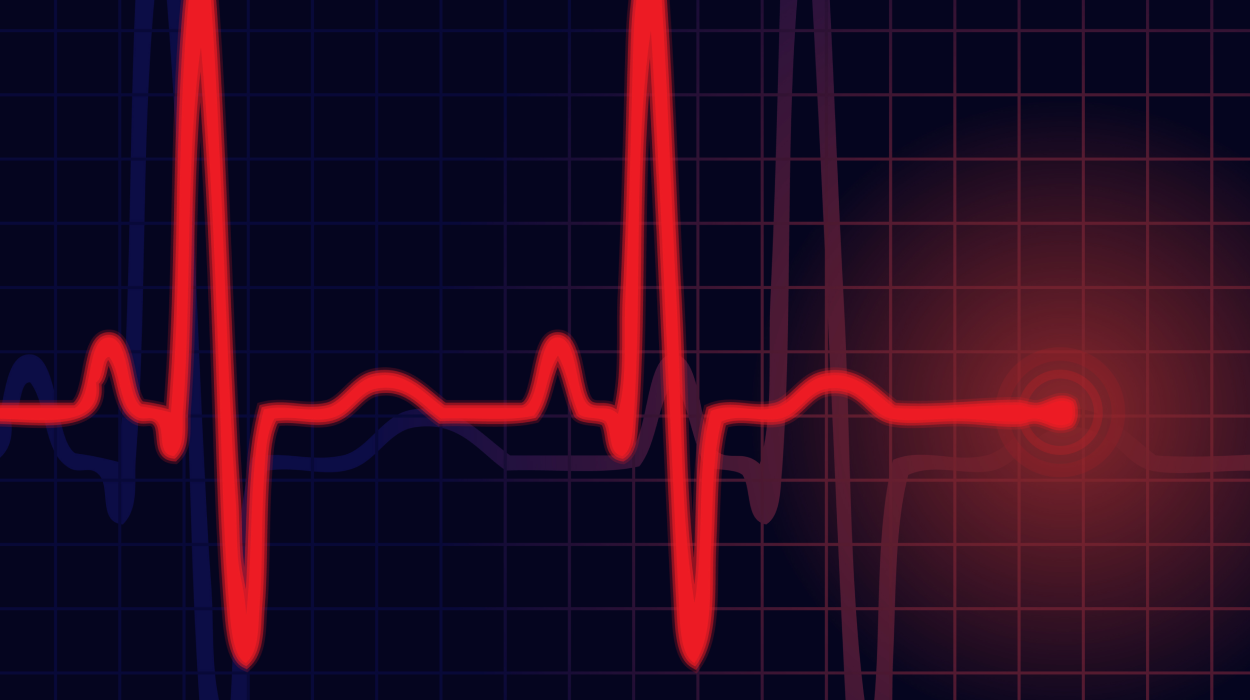Atrial fibrillation
- Home
- Atrial fibrillation


Atrial fibrillation, or “A-fib,” is the most common heart rhythm problem. It can put you at risk of ѕtrоkе and other problems, as well as death.
The top 2 chambers of the heart are called the “atria.” They pump blood into the larger bottom chambers, which pump blood to the lungs and the rest of the body. In A-fib, the heart beats abnormally and the top chambers stop pumping blood as strongly as normal. When this happens, the blood can form clots. These clots can travel to the brain and cause a strоke.
Some people have no symptoms. When symptoms do happen, they can include:
Yes. If your doctor or nurse thinks that you might have A-fib, they will probably do a test called an electrocardiogram, or “ECG.” This records the electrical activity in your heart.
In some people, A-fib comes and goes, even without treatment. In others, A-fib never goes away. If you have a normal heart rhythm now, ask your doctor what you can do to keep A-fib from starting or from coming back.
You might be able to lower your chances of getting A-fib, either for the first time or again. You should:
In some cases, A-fib goes away on its own, even without treatment. But many people do need treatment.
Treatment can include 1 or more of the following:
Most people with A-fib can live fairly normal lives. Still, it is important to take your medicines every day, as prescribed by your doctor. This helps lower the chances that your A-fib will cause a ѕtrοke. Even so, learn the signs and symptoms of a ѕtrоke.